Where Creativity Meets Technology
Digital transformation is no longer limited to automating routine tasks.

Today, artificial intelligence and immersive technologies are becoming full-fledged tools in the creative arsenal of a wide range of professionals, giving rise to entirely new hybrid professions at the intersection of disciplines that would have been unimaginable just a decade ago. It's not about replacing humans - it's about creating new, blended roles. In this article, we'll explore them in detail.
New Professions: From Virtual World Designers to Emotion Architects

AI has brought forth new professions not only directly related to technology - such as prompt engineers who craft queries for neural networks, AI trainers or machine learning specialists, and AI ethicists ensuring the safe and fair use of algorithms - but also those closely tied to creativity.
The evolution of the creative industries is giving rise to specialists who don't just work with technology but within technological environments, transforming them into material for creativity. Among these professionals are, for example:
- VR Designer - not merely an artist creating three-dimensional models, but an architect of entire worlds and interactive scenarios. Their task is not to draw static images but to design experiences that are physically and emotionally tangible for the user. They must understand architecture, perception psychology, narrative design, and, of course, be fluent in engines like Unity or Unreal Engine. Such specialists create alternative realities for education, therapy, art, and entertainment industries.
- AI Copywriter - a specialist who skillfully generates text on demand. They know how to craft complex prompts that define tone, style, and depth; master storytelling principles to build narratives from generated segments; and have the aesthetic sensibility to filter out clichés and banality.
- Creative Data Director - a professional working at the intersection of analytics and creativity. While a traditional analyst focuses on metrics such as conversion or engagement, a creative data director analyzes information to find inspiration for new ideas, audience-relevant topics, and hidden insights. In other words, they study patterns of user behavior across digital environments - from heat maps on websites to emotional reactions on social media. For example, by analyzing which moments in a video evoke the strongest response, they help the production team create more engaging content.
Beyond these already emerging roles, there are others - still lesser-known but rapidly forming professions:
- AI Ethics Designer. Operating at the crossroads of philosophy, law, and computer science, this expert audits algorithms for hidden biases, develops ethical frameworks for self-learning systems in creative industries, and ensures that AI-driven decisions - for instance, in selecting visuals for advertising or composing music - do not discriminate against any social group and align with humanistic values.
- Narrative Data Architect. This specialist transforms complex datasets - from user behavior metrics to climate models - into engaging, emotionally resonant stories. They use visualization tools, interactive dashboards, and data journalism techniques to make information understandable, emotionally charged, and decision-influencing.
- Creative Discipline Synthesizer. Narrow specialization is giving way to the ability to combine the seemingly incompatible, drawing expertise from vastly different fields. This professional might work at the intersection of biology and design (creating nature-inspired materials - bionics), neurobiology and music (developing soundscapes that enhance cognitive functions), or literature and programming (building interactive fiction and narrative games). Their key skill is seeing systemic connections between distant areas of knowledge and turning them into innovative products and services.
- Emotional AI Engineer - endowing neural networks with emotional intelligence is considered the next frontier in AI development. This specialist works to ensure that machines not only understand logical commands but also accurately recognize, interpret, and respond to human emotions. They design and train algorithms capable of determining a user's emotional state through facial analysis (microexpressions), voice (tone, timbre), and text. Such systems can be applied in psychotherapy to monitor patient well-being, in education to adjust learning difficulty according to student engagement, or in customer service to improve interaction with complex clients.
Lectera’s Online Courses by topic
The Fusion of Creativity and Analytics: The New "Creative Zen"
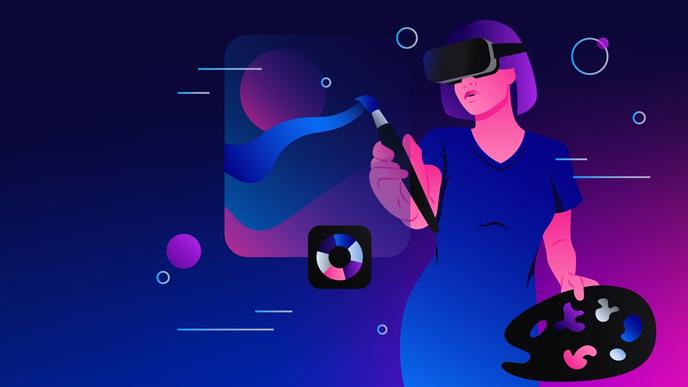
In the past, creativity and analytical thinking were often seen as opposing skills - rarely found in one person. Today, they've become two sides of the same coin. Creativity without analytics risks becoming art for art's sake, detached from practical goals. Analytics without creativity, on the other hand, leads to sterile and uninspired solutions.
In practice, this means that a modern creator must:
-
Conduct A/B testing for design or content, relying not on intuition but on user behavior data.
-
Decompose complex creative tasks into logical chains and algorithms suitable for collaboration with AI.
-
Work with engagement metrics to evaluate emotional impact and the influence of their creation - be it a film, literary work, game, social network, or website interface.
Practical Tips for Developing Skills for Future Creative Professions

Learn the language of machines. You don't have to become a programmer, but you must understand the logic of how algorithms work. Take a short course on AI fundamentals (for instance, on Coursera or EdX), and practice writing prompts for neural networks with maximum precision and detail.
Keep learning something new. At least a couple of times a week, set aside time to study an article or lecture from a completely unfamiliar field - physics, agronomy, linguistics, medicine. Look for analogies and metaphors you can apply to your main work. This strengthens systems thinking.
Practice digital detox. Intentionally schedule periods when you create without digital tools - sketch by hand, write on paper, brainstorm ideas verbally with colleagues.
Reflect. Get used to asking yourself and your team not only "Can we build this?" but also "Should we build this?" What are the potential consequences of your product for society, culture, or users' mental health? This is not abstract philosophy but an emerging core competency for future AI ethics designers.
Follow the 70/30 rule. Devote 30% of your time to experimenting with new tools and formats (such as VR, AR, generative models, or data visualization), and 70% to projects where you apply and refine what you've already mastered. This balance helps you stay both exploratory and productive.
The most in-demand professionals are no longer narrow specialists mastering a single tool but hybrid experts who can translate between the language of technology and the language of human emotion. The focus is shifting from memorizing information to developing metaskills - abilities that enable lifelong learning and adaptation. The future belongs not to those who reject technology or follow it blindly, but to those who know how to use it wisely while preserving their creative sovereignty.
Share this with your friends via:
Latest News

A significant stage in the development of the alternative education system has begun in West Northamptonshire in the UK: the County Council is actively calling on parents, guardians, and trustees to participate in shaping the future of this key area.

Outwoods Primary School in Atherstone, Warwickshire, having experienced deep sadness after the loss of their famous cat, Silla, has found solace in a new pet – a Maine Coon named Aloysius O’Hara.

In modern universities, artificial intelligence, and in particular ChatGPT, is rapidly transforming from a controversial tool into a full-fledged student assistant.
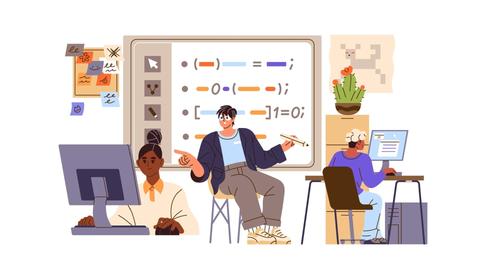
An innovative educational project is gaining momentum in UK primary schools, aiming to change attitudes towards video games.
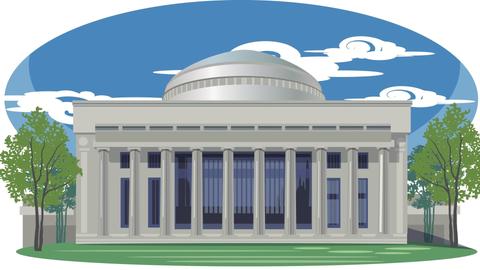
The Massachusetts Institute of Technology (MIT) presents MIT Learn – a revolutionary online platform that opens a “new front door” to access university knowledge and resources.
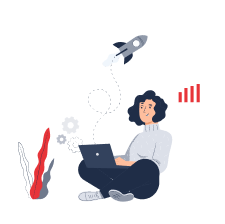

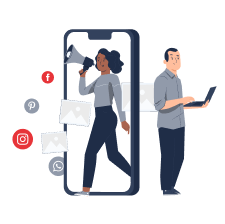
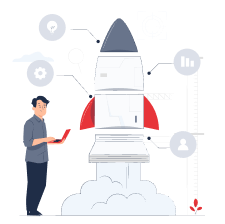

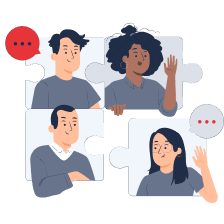



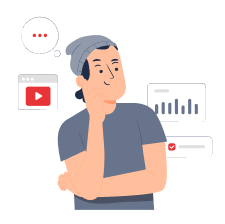

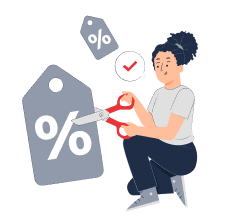
 How Not to Lose Focus When Learning Everything at Once: The Art of Selective Development
How Not to Lose Focus When Learning Everything at Once: The Art of Selective Development
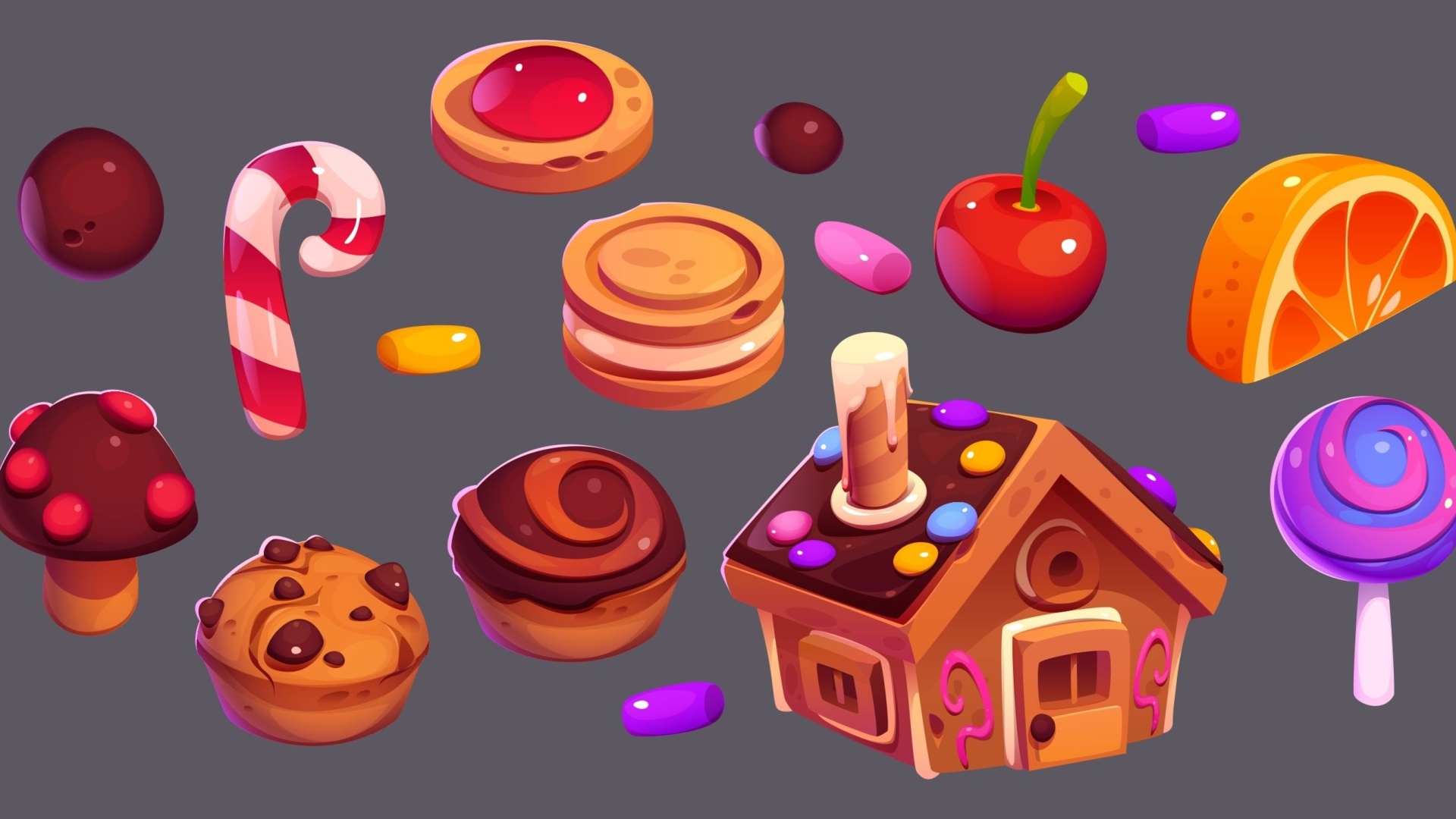 Test. What Winter Dessert Are You?
Test. What Winter Dessert Are You?
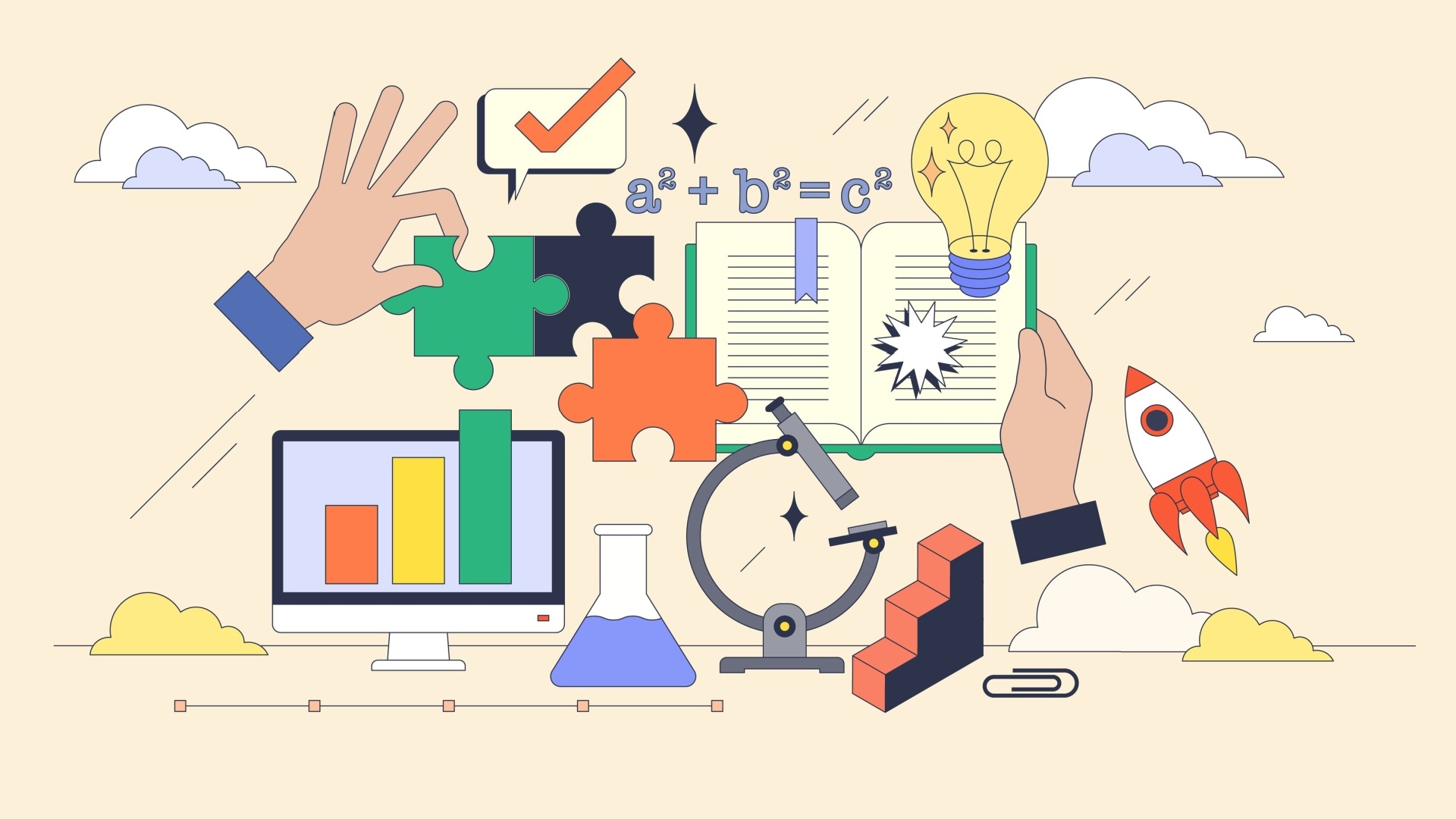 What New Skills You Should Start Learning Today
What New Skills You Should Start Learning Today
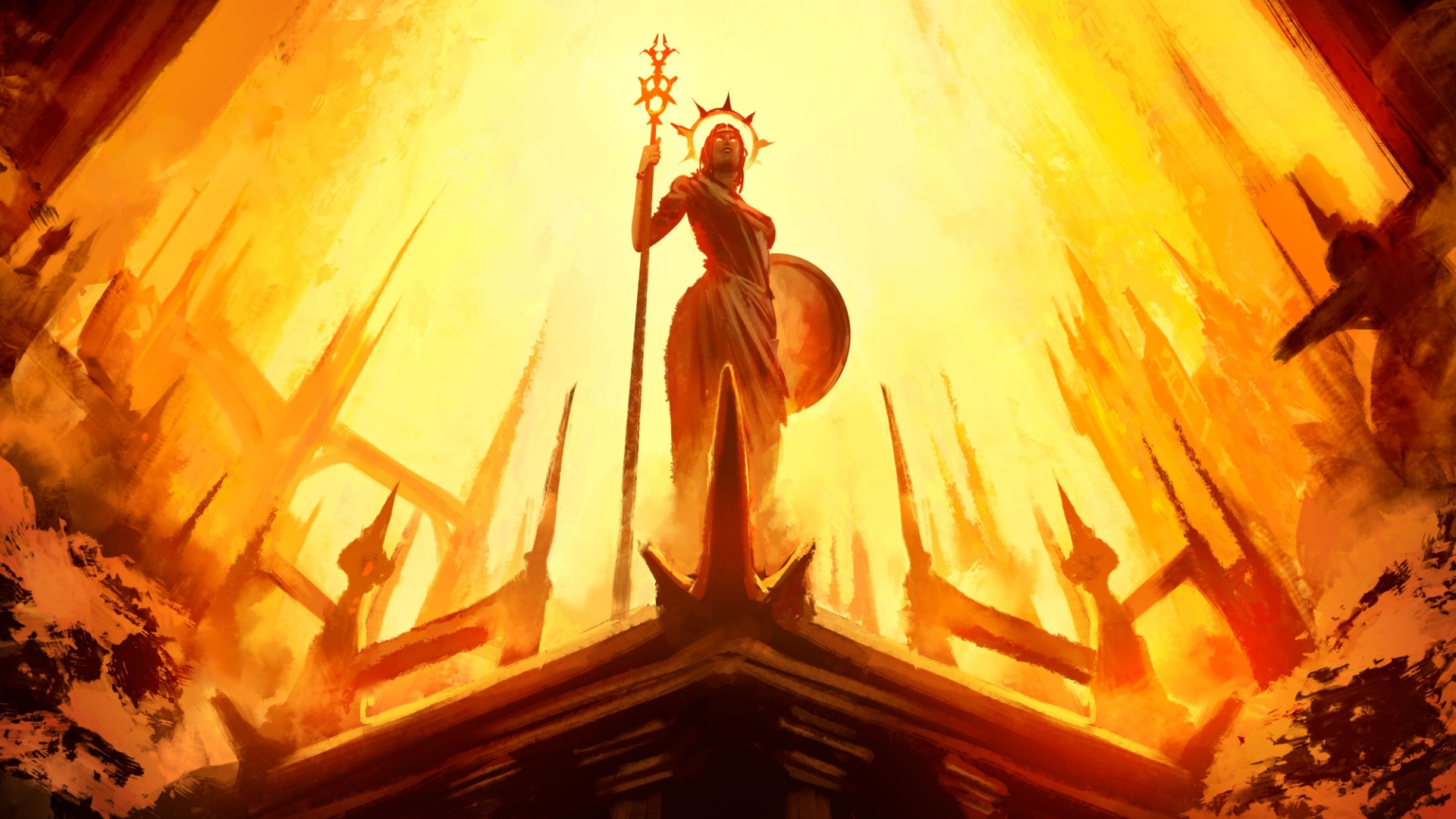 Test: What Kind of Ancient Goddess Are You?
Test: What Kind of Ancient Goddess Are You?
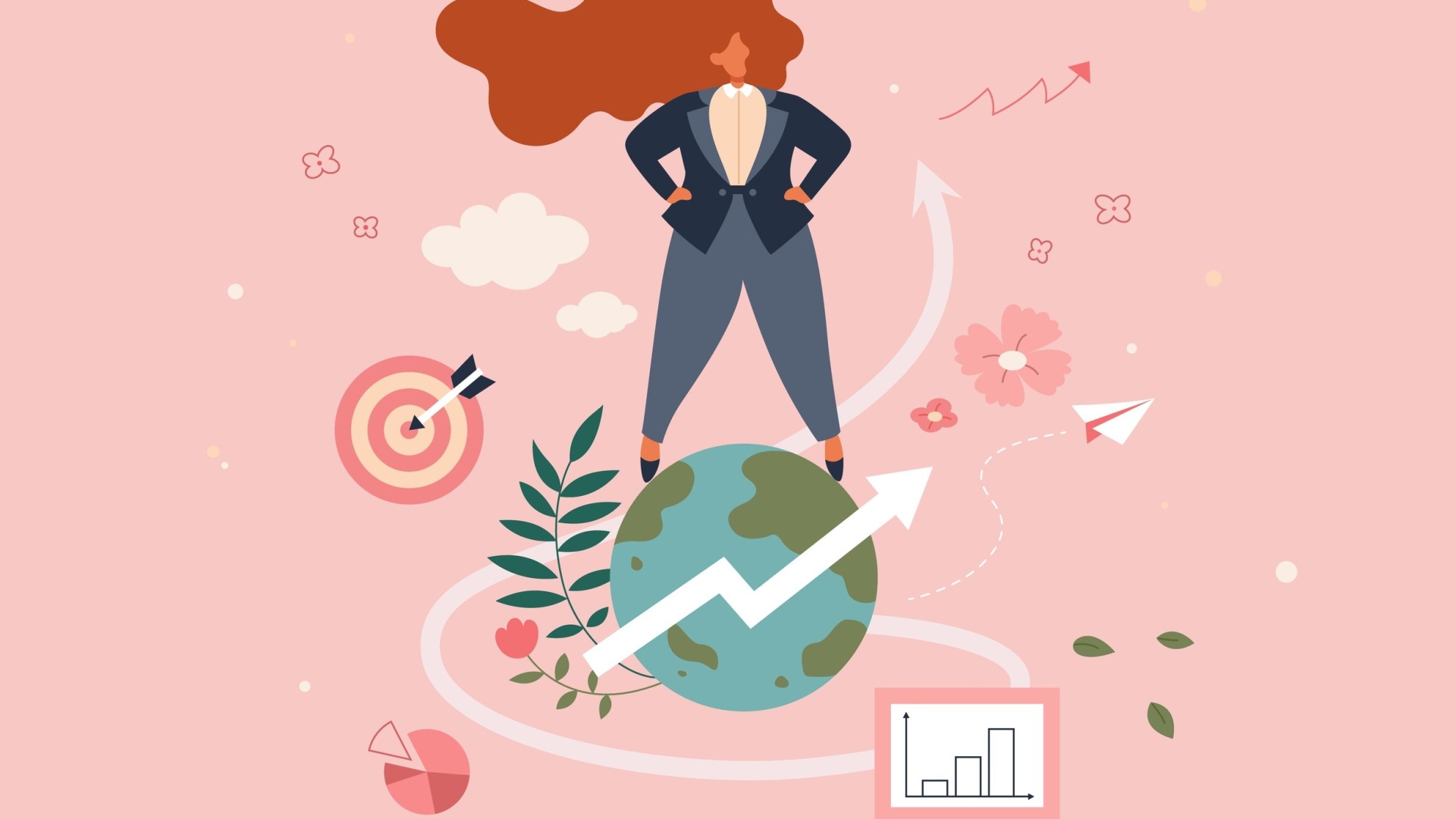 Test: Which Great Woman Would Invite You for Tea?
Test: Which Great Woman Would Invite You for Tea?
 Test: How Well Do You Balance Work and Personal Life?
Test: How Well Do You Balance Work and Personal Life?
